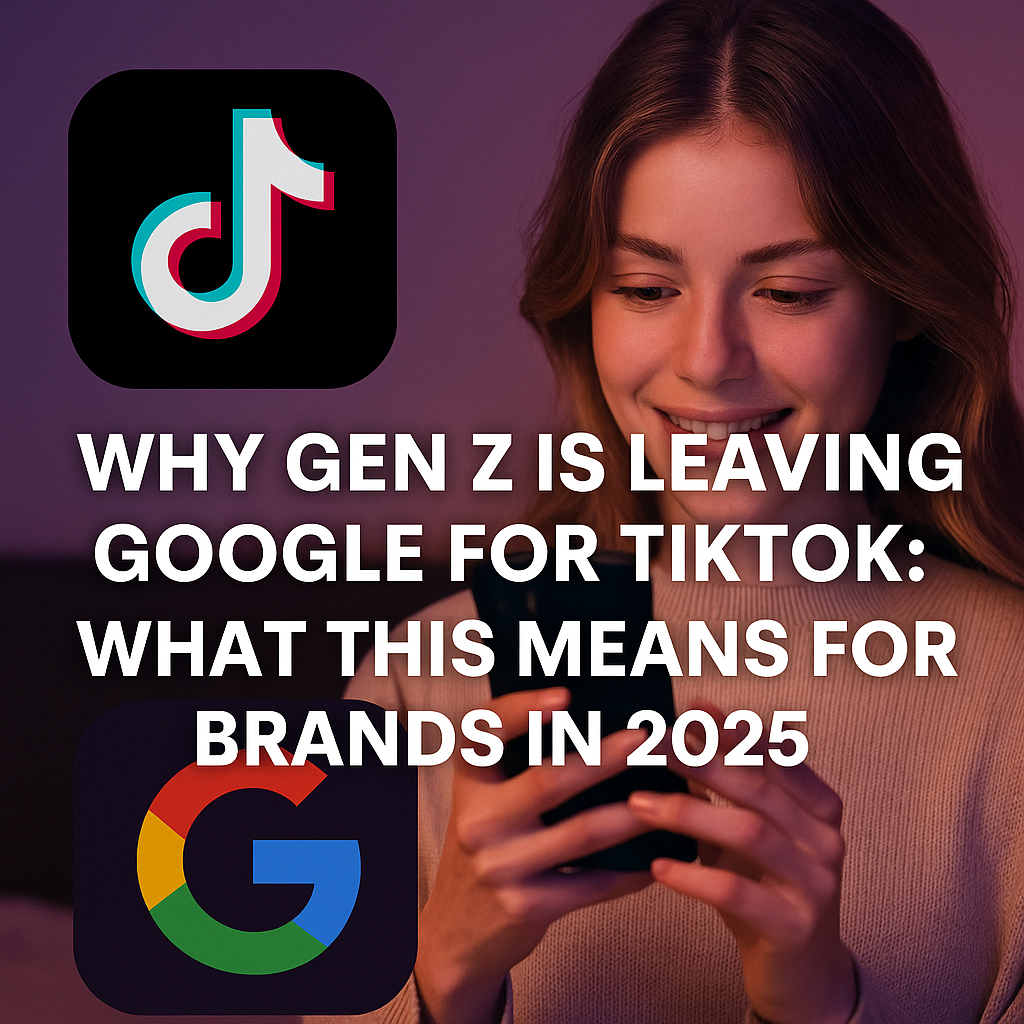

something it’s not. It’s not TV. It’s certainly not going to be HDTV.
What is shocking about the entire attempt to turn the internet into a TV/HDTV distribution medium is how much people lie to themselves about
what is actually happening.
First of all, 100 percent of the Internet
video that you see offered on the net as HD, is not HD. Plain and
simple. What is HD video ? HD Video is video you can watch on a screen
of ANY size and say, “That looks good; almost as good as it can get.”
What is currently being passed as HD is video that looks pretty good
because it’s being played on a small PC or laptop screen, and, for the big
timers, even a 17″ screen.
Well guess what? Everything and anything
coded at 2 mbs and above is going to look good on a small screen. But
looking good on a small screen doesn’t cut it. In fact, video that
looks its best on a 27″ TV is not going to cut it. For those of you who
don’t see it that way, do some research on the history of Fox’s Wide
Screen broadcasts and see how owners of HDTVs 40″ felt about
those broadcasts compared to what they got from other networks. In a
nutshell, Wide Screen is gone. The quality wasn’t good enough.
I’m
not going to go on my 19th nervous tangent about why video over the net
has problems and HD over the net is not going to happen. Instead, I
will give the quick and dirty on what should happen.
There are
already multiple digital distribution systems in place that distribute
video, in SD and HD to our homes in place. Not only can they get the
signal to our home with 99 percent up-time and zero buffering but there are
any number of systems in place that allow the signals to be distributed
around our homes. In other words, TV as TV works.
Which leads to the solution.
Move the video cloud to the node and encode and insert into the traditional video distribution systems.
Rather
than Hulu sending its video directly across the net to your PC, and let
the end user figure out how to watch and distribute from there, it
should send it to a box hosted by your cable/telco and possibly even
satellite provider, which then transcodes the video and places it on
the existing TV distribution system and sends it across a channel
branded with your name and the name of the file to your TV.
The
net result is that having subscribed to this “Internet Video to your
TV” system for a buck or two per month, you will notice that on your
electronic programming guide there is a subset of channels with your
name on them. When you click on a video at your favorite site,
that video can easily be rerouted to the server at the node, transcoded
into the right format and shown on your TV’s programming guide as “Mark Cuban channels” – 001 Diet Coke and Mentos – 002 Cat Flushing Toilet 003
– Softball game, etc. All you have to do is watch cable/telco/satellite TV
like you have always watched TV. Watching video anywhere in your house
will be that easy.
Of course it will take coordination between
the video sites and the video distributors, but that really should be
easy. Even FTP would get it done.
This approach should result in
a far better use of capital for them, and more importantly, it moves
video off of the last Internet mile, where bandwidth is constrained, to
their new Switched Digital Video last mile , which is far less
constrained now, and should quickly become completely unconstrained for
long tail content.
If done right, it could also replace all local DVR storage. If
you think about it, its pretty stupid to have redundant storage in
every home. Paying for those ever growing hard drives, even with
falling cost per bits, adds up to a lot of money . Moving that storage
to a video cloud at the node or even on the backbone would make set top
boxes smaller, cheaper and more flexible. The Network DVR , with space
for remotely loaded internet video should be the way of the future.
In
addition, this approach could expand our ability to customzie our TV
viewing experience. Why can’t we create playlists of our favorite shows?
I personally would love to create a playlist, customized with a picture
of my daughter, her name as the channel name, with a playlist or on
demand list of shows that are appropriate for her. When there are
videos of group activities like her ballet recitals, it would be great
if we could mark the video as sharable with others we designate, or
other parents could do the same, and we could easily watch them on our
TV.
The video distribution networks already in place are
designed to move gigabits of data simultaneously to millions of homes.
As these distribution networks go to IP and Switched Digital Video,
they will be able to integrate back to internet sites and to interact
and offer more advanced customization and cloud based applications with
far more sophistication and flexibility than the internet and the web
can offer around video. As middleware like Tru2Way becomes more
popular, and more TVs support it, the applications on our TVs will
multiply quickly.
There is no reason to re-invent TV over the
net when TV distributed as TV works, and all the technology is in place
to move video from the net to TV distribution networks.















